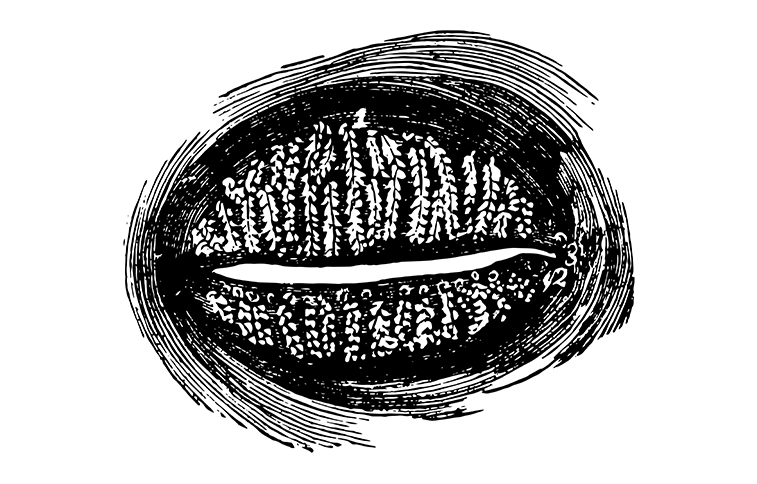Preeya K. Gupta, MD, and Paul Karpecki, OD’s literature review, published in Cornea, “aimed to demonstrate the potential clinical significance of upper eyelid examination as an integral component of comprehensive meibomian gland evaluation.”

According to previous research, they noted, upper eyelid evaluation is underutilized due to challenges in eversion and image acquisition despite technological advances in meibography—including infrared imaging, in vivo confocal microscopy, and anterior segment optical coherence tomography. Incorrect eversion techniques may further distort gland morphology.
However, data suggest that upper lid assessment is essential, especially given the longer (average 5.5 mm) and thinner glands it contains compared with the lower eyelid (average 2 mm). Upper eyelids typically contain more glands than the lower lids, Drs. Gupta and Karpecki noted. Therefore, failure to adequately assess these glands may lead to misdiagnoses, particularly in early stage meibomian gland dysfunction (MGD).
Specifically, the studies they cite in their review show that gland tortuosity is more pronounced in the upper eyelid, making it a sensitive indicator for early MGD diagnosis.
Clinical Applications in Specific Patient Populations
Contact Lens Wearers
The CLASS study (Contact Lens Assessment of Symptomatic Subjects) reveals that contact lens wearers showed more blepharitis and meibomian gland (MG) thickening in the upper eyelid than in the lower.
Specifically, Drs. Gupta and Karpecki cite a study by Ucakhan and Arslanturk-Eren of 173 eyes of 87 soft contact lens wearers that “found that the upper and lower eyelids of contact lens wearers had worse MG-thickening scores than the corresponding eyelids of noncontact lens wearers. MG thickening was the only meibography finding that had the highest diagnostic ability for MGD.”
Therefore, Drs. Gupta and Karpecki suggest that practitioners screen for MG health to help patients maintain comfortable lens wear.
Cataract Surgery Patients
Postoperative dry eye symptoms were linked to preoperative upper eyelid MG loss, Drs. Gupta and Karpecki note.
Specifically, in a study of 82 eyes, upper lid MG dropout was associated with a 6.72-fold increased risk of developing dry eye symptoms after cataract surgery (P=.012). Meanwhile, lower lid gland loss was not statistically significant, suggesting that upper eyelid meibography may serve as a valuable preoperative screening tool.
“In addition to lower eyelid meibography, monitoring of the upper eyelid meibography before cataract surgery may help identify patients [who are] at high risk for dry eye symptoms induced by surgery," Drs. Gupta and Karpecki say.
Further, they note the involvement of the upper eyelid is perhaps an earlier finding than the involvement of the lower eyelid glands in patients with DED, so monitoring should also continue after surgery, they suggest.
Autoimmune Conditions
MG dropout in the upper eyelid is more severe in patients who have Sjögren's syndrome (SS) compared to those with non-SS aqueous-deficient dry eye. Upper lid assessment is, therefore, essential for early detection and management in this population, Drs. Gupta and Karpecki recommend.
They describe another prospective, control-matched study that explored the connection between Graves ophthalmopathy (GO) and MGD. They cite that researchers found significantly higher meiboscores (scale 0–6) in the upper eyelids of patients who have GO compared with healthy controls, especially in the central region. Drs. Gupta and Karpecki postulate that these morphological changes may be due to GO-related factors, such as levator muscle enlargement, inflammation, oxidative stress, and prolonged disease duration.
Notably, Drs. Gupta and Karpecki write, MG dropout in the central upper eyelid strongly correlated with dry eye symptoms, eyelid margin vascular engorgement, and ocular inflammation.
A Case for Both
Despite variability in diagnostic protocols, the consensus across multiple studies supports simultaneous evaluation of both eyelids. While the upper eyelid shows more morphological changes, such as tortuosity, the lower eyelid is more prone to gland dropout. “By observing and monitoring MG morphological changes in both upper and lower eyelids, beyond just gland dropout, clinicians are likely to improve their ability to predict or diagnose MGD and other ocular surface–related conditions earlier. Although MG dropout is often significantly correlated with other signs and symptoms of MGD, it represents an advanced stage of MGD,” write Drs. Gupta and Karpecki.
They conclude that gland morphological changes should be interpreted along with other clinical indicators to ensure a thorough, comprehensive assessment.
A full list of author disclosures can be found in the published research.



